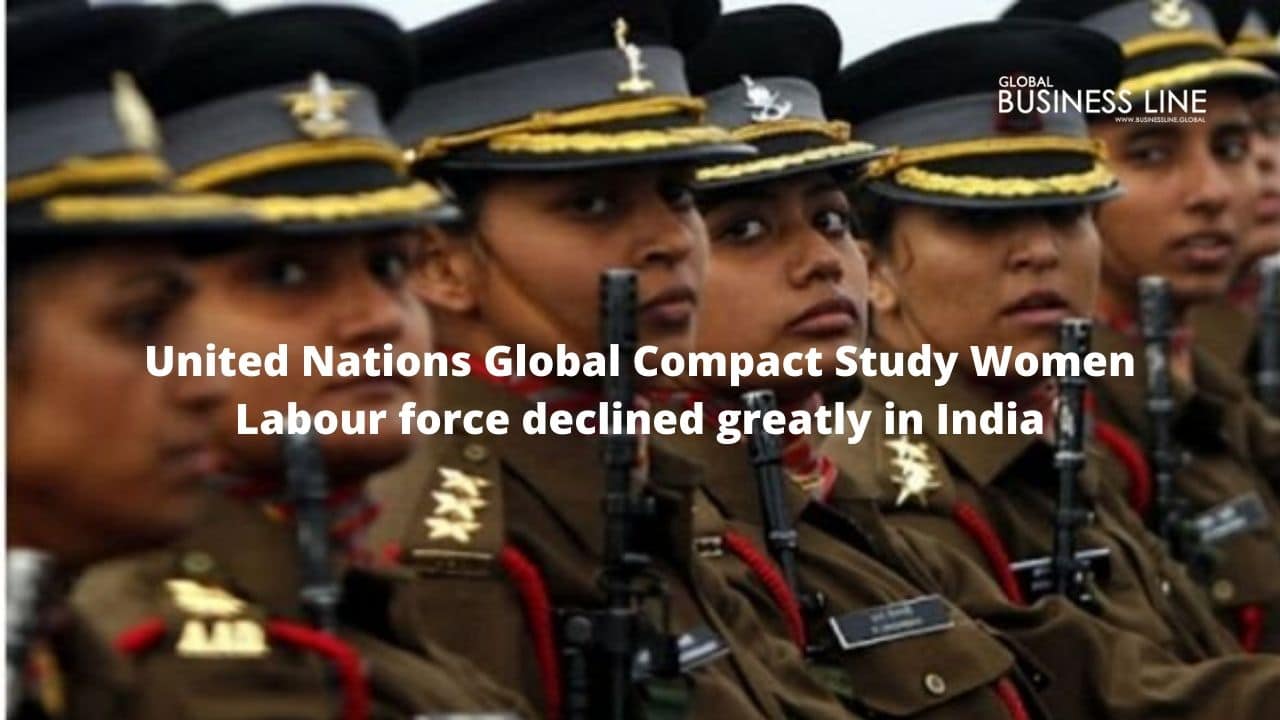Female labor-force participation in India has declined from 34% in 2006 to 24.8% in 2020. India is the only country among the 153 surveyed countries where the economic gender gap is larger than the political gap. The study found that raising women’s participation in the labor force to the same level as men can boost India’s GDP by 27%. The female labor-force participation in India has declined from 34% in 2006 to 24.8% in 2020. The policies and procedures are made to adapt to various life changes in their employees, including maternity, changing care needs, dual-career couples, and continuity. Employed Women: Globally, 38.7% of employed women are working in agriculture, forestry, and fisheries, but only 13.8% of landholders are women. Gender mainstreaming goes beyond developing separate women’s projects within work programs or women’s components within existing activities in the work programs. It requires attention to gender perspectives as an integral part of all activities across all applications. This involves putting gender perspectives as the inner frame of thought to all policy development, research, advocacy, development, implementation, and monitoring of norms and standards and planning, application, and control of projects.

Shruthi M is a dedicated Business News Reporter at Global Business Line, specializing in breaking stories, insightful analyses, and comprehensive coverage of the global business landscape. With a keen eye for detail and a passion for delivering accurate and timely news, Shruthi keeps readers informed on the latest market trends, corporate strategies, and economic developments shaping industries worldwide.




